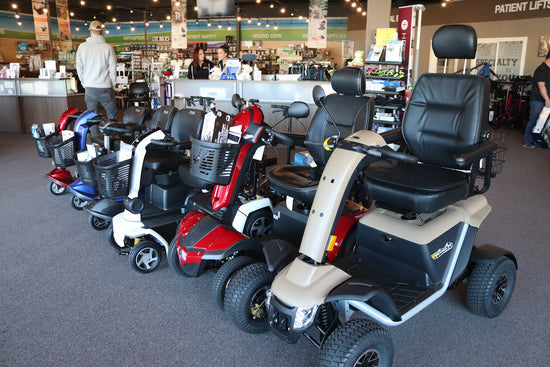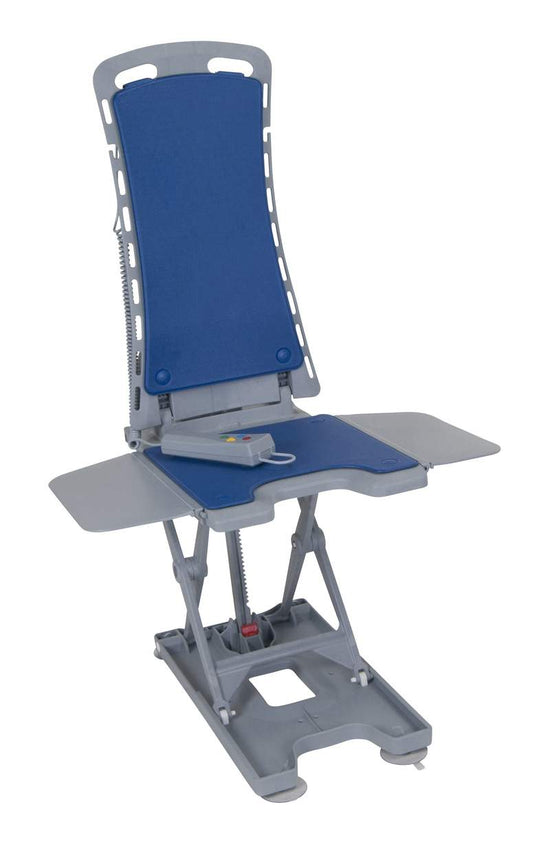In modern healthcare environments, the design of medical equipment is not only about functionality—it's also about comfort, efficiency, and safety. One of the most critical yet often overlooked elements in a healthcare setting is the hospital bed. Ergonomic design in hospital beds plays a pivotal role in patient recovery, staff productivity, and overall hospital efficiency.
For hospital administrators, facility planners, and procurement specialists, understanding how ergonomics influences hospital bed design is essential. The right bed can reduce strain on caregivers, minimize the risk of injury, and significantly improve patient satisfaction. By investing in ergonomically designed hospital beds, healthcare facilities not only promote better outcomes for patients but also create a more sustainable and cost-effective working environment for staff.
How Ergonomics Impacts Patient Recovery
Ergonomic hospital beds are designed to support the natural movements and needs of patients, which directly contributes to faster and more comfortable recovery. A well-designed bed can help maintain healthy posture, promote better circulation, and reduce the risk of pressure injuries—particularly for patients who are bedridden for extended periods.
When a hospital bed aligns with a patient’s physical requirements, it encourages mobility and reduces the likelihood of complications such as bedsores or muscle atrophy. Features like adjustable head and foot sections allow patients to shift positions independently or with minimal assistance, fostering a sense of autonomy and improving overall morale. This, in turn, can contribute to more successful outcomes and shorter hospital stays.
Moreover, ergonomic design considers not just comfort but also access to essential functions. Integrated side rails, intuitive controls, and easy-to-use mobility aids ensure that patients can interact with their environment safely. These aspects make a significant difference in post-operative care, rehabilitation, and long-term patient management.
For hospital decision-makers, choosing ergonomically sound beds isn’t just a matter of preference—it’s a strategic choice that influences recovery timelines, patient satisfaction, and even hospital ratings.
Reducing Caregiver Injuries Through Better Bed Design
Healthcare workers are among the most injury-prone professionals due to the physical demands of patient care. Hospital beds designed with ergonomics in mind can significantly reduce the physical strain on nurses, aides, and other caregivers.
Lifting, repositioning, and transferring patients are among the leading causes of musculoskeletal injuries among healthcare staff. Beds that allow for height adjustments minimize the need for staff to bend, stretch, or stoop, reducing the risk of back injuries. Side rails and locking mechanisms provide stability and support, which are essential during patient transfers or emergencies.
An ergonomically designed hospital bed also facilitates easier access to patients. Features such as 360-degree rotation, brake-and-steer systems, and foot-controlled adjustments improve safety and maneuverability in tight or high-traffic areas. This efficiency doesn’t just protect workers—it also enhances the level of care they can provide.
Hospitals that prioritize caregiver safety benefit from fewer worker compensation claims, reduced absenteeism, and improved morale. It becomes a win-win situation where both patient care and employee well-being are supported through intelligent, ergonomic design.
Key Ergonomic Features to Look for in a Hospital Bed
When evaluating hospital beds, certain ergonomic features should be prioritized to ensure both patient and caregiver needs are met:
-
Adjustable Height: Enables safe transfers and reduces caregiver strain.
-
Articulating Mattress Platform: Allows movement at the head, knees, and feet for patient comfort and medical needs.
-
Easy-to-Use Controls: Intuitive buttons for patients and caregivers to adjust bed settings effortlessly.
-
Locking Side Rails: Provide safety without hindering access.
-
Trendelenburg and Reverse Trendelenburg Positions: Useful for various medical treatments and patient positioning.
-
Mobility Enhancements: Brake systems and steering assist features for safe transport within the facility.
-
Integrated Bed Exit Alarms: Help prevent patient falls, especially in high-risk cases.
These features collectively support both clinical goals and operational efficiency. Choosing a bed with these capabilities means investing in safety, comfort, and long-term usability.
If you're searching for hospital beds that meet today’s ergonomic standards, visit Everything Medical—your trusted source for home medical equipment and supplies in Redding, California. Our full range of hospital beds is designed for comfort, safety, and ease of use. Explore our products here and discover how we can support your healthcare needs at home or in a clinical setting.
Enhancing Workflow Efficiency with Ergonomic Hospital Beds
Workflow efficiency in a healthcare setting often depends on how quickly and safely staff can assist patients. Hospital beds designed with ergonomics in mind streamline these tasks by enabling easier access, faster adjustments, and seamless patient movement.
A bed that can be raised or lowered quickly helps caregivers attend to patients at optimal working heights, reducing delays and fatigue. Similarly, beds with lockable wheels and steering controls simplify room changes and reduce the risk of transport-related incidents. Time saved in these routine tasks translates into more time for direct patient care.
In emergency situations, the speed and intuitiveness of bed controls can make a real difference. Whether it’s repositioning a patient for resuscitation or elevating the legs for shock management, beds that respond quickly and reliably contribute to better outcomes.
From a facility planning standpoint, investing in ergonomic beds also minimizes hallway congestion, improves patient turnover rates, and supports better space utilization. These benefits collectively enhance the overall workflow and increase the capacity of hospitals to deliver timely care without sacrificing safety or quality.
The Financial Benefits of Ergonomic Hospital Beds
Ergonomically designed hospital beds may carry a higher upfront cost, but they offer substantial long-term savings and financial advantages:
-
Reduced Injury Claims: Fewer caregiver injuries mean lower workers' compensation costs.
-
Lower Maintenance Costs: High-quality materials and construction reduce breakdowns and replacements.
-
Shorter Patient Stays: Improved comfort and mobility support faster recovery, freeing up beds sooner.
-
Improved Patient Satisfaction: Higher satisfaction scores can enhance hospital ratings and attract more patients.
-
Better Staff Retention: A safer, more comfortable work environment boosts employee retention and reduces training costs.
-
Energy Efficiency: Modern beds often come with eco-friendly power systems that lower utility expenses.
Considering these financial advantages, ergonomic hospital beds prove to be a sound investment for any healthcare facility seeking to balance cost and care quality.
Patient Comfort vs. Staff Needs: Striking the Right Balance
In hospital bed design, comfort and functionality must coexist. Patients require a safe and soothing environment for healing, while staff need efficiency and reliability to perform their duties. Balancing these priorities is central to ergonomic design.
Patients benefit from beds that feel intuitive and comfortable. Features like quiet motors, breathable mattresses, and responsive controls enhance rest and mental well-being. On the other hand, caregivers must have quick access to emergency features, durable construction for frequent use, and mobility functions to navigate tight clinical spaces.
Conflicts can arise when one need outweighs the other. For instance, beds designed purely for comfort may lack essential access points for caregivers. Conversely, overly utilitarian beds can lead to patient discomfort and dissatisfaction.
Ergonomic design bridges this gap by integrating dual-purpose features—such as smart control panels that serve both staff and patients or mattress systems that adapt pressure distribution automatically. When hospital beds are thoughtfully designed, both patient care and staff performance improve, leading to a more effective healthcare environment overall.




